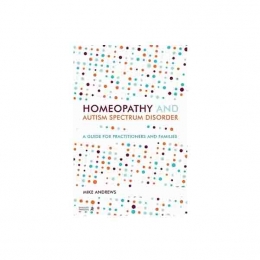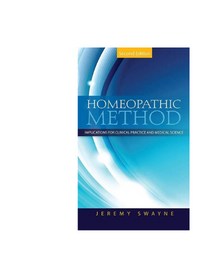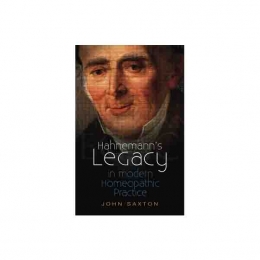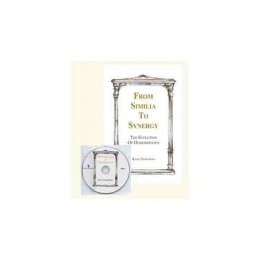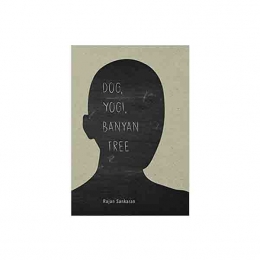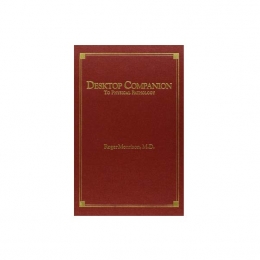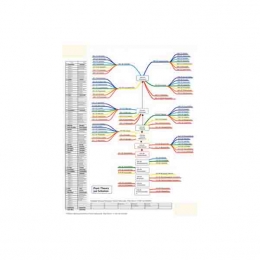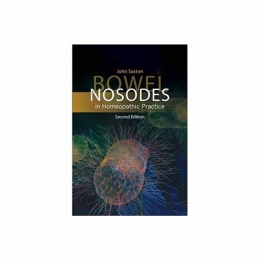Homoeopathy and Minerals - Jan Scholten, 1993
Review of the book in SSC (the Dutch Homoeopathic Journal) by Frans Kusse:
"When I met the ideas of Jan Scholten for the first time in December 1992, I was surprised: enormous possibilities offered themselves. Now, some months later, having had experiences with these 'new' remedies, I can speak of a fundamental revolution in homeopathic thinking. The method Jan is offering in his book, seems too beautiful to be true, but it works! It is not easy to explain his method briefly, but I shall try to do so with an example from his college in February 1993.
A woman of 30 comes with a variety of complaints, such as allergy to the sun, pain in the right forehead, sciatica right, intestinal troubles, swollen and painful breasts before menses, and fatigue.
Mind: she needs attention, and compliments. 'I didn't dare to ask for attention and got irritated when my husband didn't say anything of my work. My mother had too little time for us and I was the one who managed. I was a big girl'.
The theme of 'attention' is found in the Muriaticums, and the 'timidity' and 'insecurity' in the Calciums. The remedy: Calcium muriaticum ('desire for attention, but not daring to ask for it'). The woman got cured after the remedy.
By analyzing different minerals (Calcarea, Natrum, Phosphorus, Sulphur, Baryta etc.) and metals Jan has developed some key concepts for every element. In practice it is possible to make many combinations of these concepts and so find the remedy that fits the patient.
Try to imagine what it means once we have found the key concepts of every element of the periodic system .... Maybe that is what Kent felt when he said that all remedies could be found in one kingdom (mineral, plant or animal). ...This book gives us the start. We practicing homeopaths now have the job of verifying and expanding this information. A huge task and a fantastic challenge."
"Jan Scholten offers us a fascinating way to review our Materia Medica".
(Lorraine Taylor, in Homeopathic Links, 1994, no 2)
"Jan Scholten has given a brilliant start for an enormous enrichment of our Materia Medica".
(Kees Dam, Simillima, 1993, no 2)
"This book is a must for all homoeopaths and a revelation for all patient that are interested in homoeopathy".
(Albert van Dinteren, in Homeopathie, 1994, no 2)
295 pages, paperback




